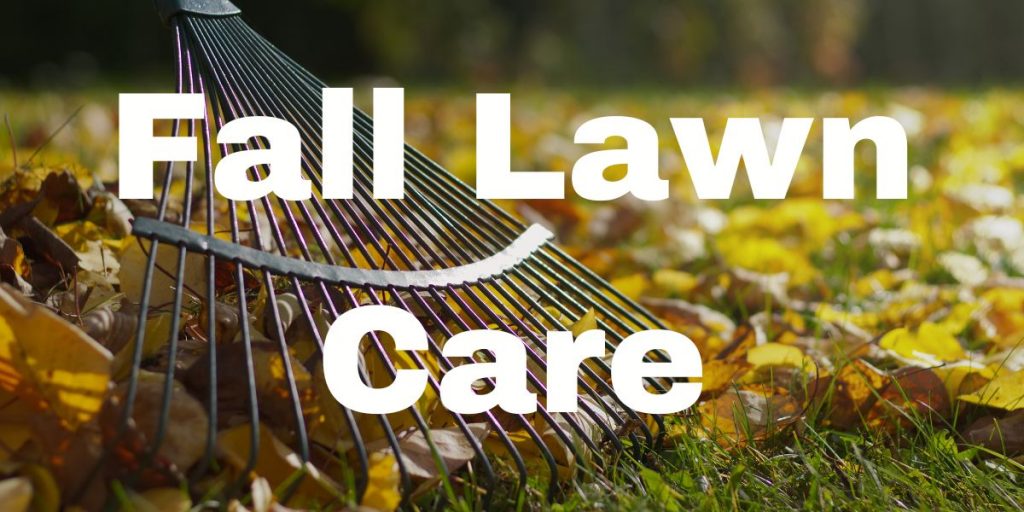There isn’t a great deal that needs to be done in the lawn area during the fall. However, if you do spend a little extra time grooming it, the lawn will look better during the fall and winter and be in better growing condition by the time spring rolls around.
There are several lawn diseases you should be on the lookout for in the fall. Should dirty, white, tan, or brown patches appear, this is often a sign of snow mold, fusarium patch, or pink snow mold. A lawn fungicide should be applied to help control any of them. If pink spots or webbing appear on the lower blades of the grass, red thread is probably the cause. A good application of a fall fertilizer usually helps clear it up. This disease should not be mistaken for the redness caused by early frost damage.
Be sure to keep an eye out for insects. If you notice that an insect has damaged the lawn, an all-purpose lawn insecticide can be used, following directions on the label.
Large-leaf weeds and any weeds that are in flower are an eyesore. They should be pulled or destroyed before they go to seed, or they will become an increasing nuisance. Occasional weeds here and there can be pulled by hand or with a weed puller. Heavy infestations probably are removed most easily with the help of an all-purpose lawn weed killer.
September and October are good months to feed the lawn with a fall or winter type of lawn fertilizer. The fall feeding is one of the most important of the entire year because it helps stimulate root growth throughout the winter season and it stands to reason that the better the root system, the better the top growth and the healthier the lawn will be the following year. This fall feeding also helps keep the lawn looking nice throughout the fall, winter, and early spring. Most nurseries, garden centers, and garden outlets feature special fall or winter types of lawn fertilizer.
One other thing that can be done in the fall is to make an application of dolomite or agricultural lime. This will help correct the pH of the soil and eventually should help reduce the incidence of moss and mushrooms. This application should be repeated in the spring if moss or mushrooms persist.
November should be about the last time you’ll need to mow the grass this fall. If you can, mow it in a different direction than you mowed it during the summer. This helps to keep its growth habit more upright and uniform. Be sure to use a grass catcher each time you mow, or rake up the clippings after mowing; otherwise they are apt to become a yellow slimy mess.
If it is your weekend to mow and the lawn is wet, that is no excuse for not mowing the lawn. All you have to do is pull the garden hose, a rope, or a wire across the lawn; the water droplets on the blades of grass will drop to the soil below, and in a relatively short period of time (about fifteen minutes or so) the lawn will be dry enough to mow.
As the leaves begin to fall onto the lawn from nearby trees, it is a good idea to rake them and add them to the compost pile, because they offer no winter protection to the lawn. In fact, they become a wet, slimy mess if left on the lawn, smothering it and ruining its appearance.
By giving the lawn a little extra care during the fall, you can keep it looking in tip-top shape all during the autumn and winter months.

Nice content! I love taking care of lawns that’s why I build a little business service here at san antonio. Thank you for sharing this tips and idea to us! hope for many works to us!
Hey,
Loved your content on Lawn and other green natural things. Really Appreciated !!